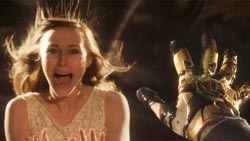
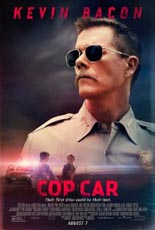 On pretweens’ pie-in-the-sky wish lists, somewhere between “have a candy tree” and “travel back in time to assassinate the guy who created school,” is “drive around in a police vehicle.” In Cop Car, two troubled 10-year-olds (natural newcomers Hays Wellford and James Freedson-Jackson) get the chance to do the latter when they come upon a Quinlan County Sheriff’s cruiser in the middle of a field. While a beer bottle sits on its hood, no cop is to be found inside — but his keys and weapons are.
On pretweens’ pie-in-the-sky wish lists, somewhere between “have a candy tree” and “travel back in time to assassinate the guy who created school,” is “drive around in a police vehicle.” In Cop Car, two troubled 10-year-olds (natural newcomers Hays Wellford and James Freedson-Jackson) get the chance to do the latter when they come upon a Quinlan County Sheriff’s cruiser in the middle of a field. While a beer bottle sits on its hood, no cop is to be found inside — but his keys and weapons are.
The reason it’s abandoned is because small-town Sheriff Kretzer (Kevin Bacon, Black Mass) is off a little ways, busy burying a dead body under nobody’s nose but his own. Returning to find his car missing, our corrupt cop panics, assuming (wrongly) that whoever stole it also stole a glimpse at his criminal misdeeds. Kretzer gives chase, once he’s able to put two and two together, thanks to communications with dispatch (Bacon’s wife, The Possession’s Kyra Sedgwick, unrecognizable in a voice-only cameo).
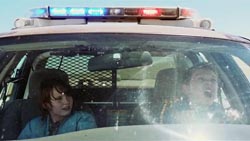 Although arguably a supporting player in the film that bears his name above the title, Bacon rules in one of his best roles yet. Long underappreciated, perhaps due to an unshakable Footloose teen-idol factor, he’s a rock-solid actor who continues to get even better with age. His Kretzer — a bogeyman in beige, above the law and beyond reproach — lets Bacon play several shades, most of them black and bleak. As confident as he is in his menace when warning and threatening the boys over the radio, he’s fallible to the point of cracking when glimpsed alone and then both cocky and Chicken Little in the film’s well-orchestrated climax, in which surprises await each participant.
Although arguably a supporting player in the film that bears his name above the title, Bacon rules in one of his best roles yet. Long underappreciated, perhaps due to an unshakable Footloose teen-idol factor, he’s a rock-solid actor who continues to get even better with age. His Kretzer — a bogeyman in beige, above the law and beyond reproach — lets Bacon play several shades, most of them black and bleak. As confident as he is in his menace when warning and threatening the boys over the radio, he’s fallible to the point of cracking when glimpsed alone and then both cocky and Chicken Little in the film’s well-orchestrated climax, in which surprises await each participant.
As directed by Jon Watts (who co-wrote with Clown compatriot Christopher D. Ford), the movie makes excellent spatial use of the Colorado landscape, giving him a canvas across which his scant few characters maneuver like chess pieces toward an inevitable endgame. Starting as escapist fantasy before a cruel reality sets in, Cop Car is a ball of fun until it’s suddenly (but bravely and appropriately) not. Be careful what you wish for, kids. —Rod Lott

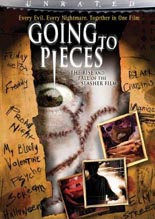
 Slasher films are targets of scorn from critics and other high-minded pillars of the community, yet a nonstop source of fun for movie buffs. Adam Rockoff’s 2002 critical study,
Slasher films are targets of scorn from critics and other high-minded pillars of the community, yet a nonstop source of fun for movie buffs. Adam Rockoff’s 2002 critical study, 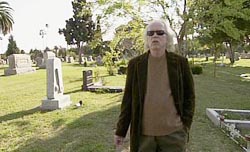
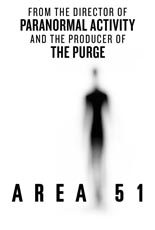
 Given
Given 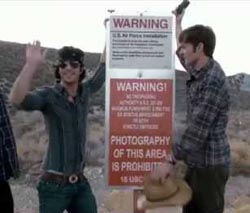
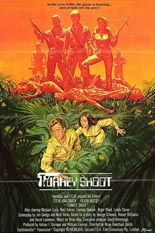
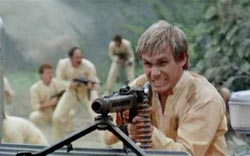
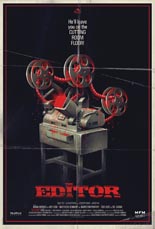
 Rey Ciso, the editor of
Rey Ciso, the editor of 